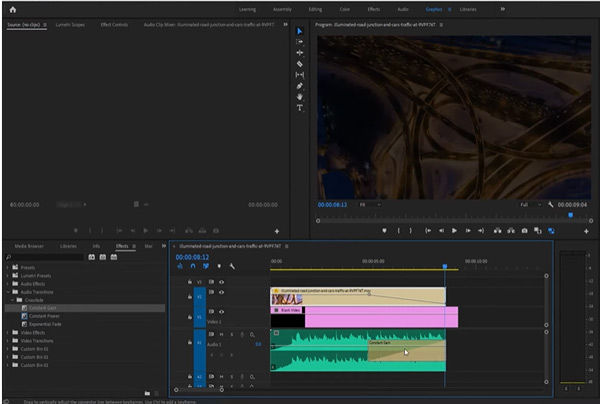

Text-based editing is available in the Premiere Pro (Beta) which you can download and install separately from the current Premiere Pro release. By cutting and pasting sentences, the video clips in your timeline will directly follow your text edits. As well as providing free LUTs for Premiere Pro, these also work with Final Cut Pro. Text-based editing is designed to create a rough cut faster by using the built-in automatic transcription function of Adobe Premiere and then editing it like a Word document. Free LUTs from Colour Grading Central Seeking to emulate the subtle nuances of Hollywood films (their words, not ours), these LUTs are imitations for high-end fine tuning to creating a perfect movie. Source: Adobe Adobe Premiere’s text-based editing Next, the director has to read the interviews and mark the parts they want to use, find the right order for the selected parts, and then the editor can use this information to create the so-called first “paper cut”. You could have an actual human transcribe the interviews for you, or use the built-in automatic transcription function of Adobe Premiere, for example.

The traditional way of editing interviewsįirst of all, you have to transcribe your footage to get a text version of your interviews. But before we have a closer look at this new feature, let’s take a look back at how it has been working so far. This feature could really be quite helpful, especially in interview-heavy documentaries that are more about the content than the emotions and especially when producing under time pressure. So let’s have a closer look at Adobe’s new feature and find out how you could use it for your benefit. Selecting a region changes the language and/or content on Premiere just introduced a text-based editing function in Premiere Pro (Beta version), which makes assembling a rough cut almost as simple as editing a Word document.

There are also many artistic flourishes you can accomplish with a text fade, like title cards or other instances of text being incorporated, like in the film Stranger Than Fiction, where numbers and text are part of the narrative. You might be incorporating subtitles into a film, and the way they transition keeps your audience focused on watching rather than reading. After this introduction, the video cuts in, and we see the car containing the characters moving down the highway on their way to perform their evil deeds.įading in and out can also be useful for text, and it’s often done for functional purposes. One of the most iconic uses of audio to complement a fade in is in Goodfellas, where the audience hears the sounds of cars zooming by as each title card shows a cast member. This is common in documentaries, where you’ll hear narration or an expert speaking on a topic before moving into a scene.

Often, with a slow fade in, audio serves as a bridge between scenes, starting while the image is still black. You can use a gradual increase in music volume to start a scene off with a certain tone or mood. You can fade audio in or out, similarly to the way video fades work.


 0 kommentar(er)
0 kommentar(er)
